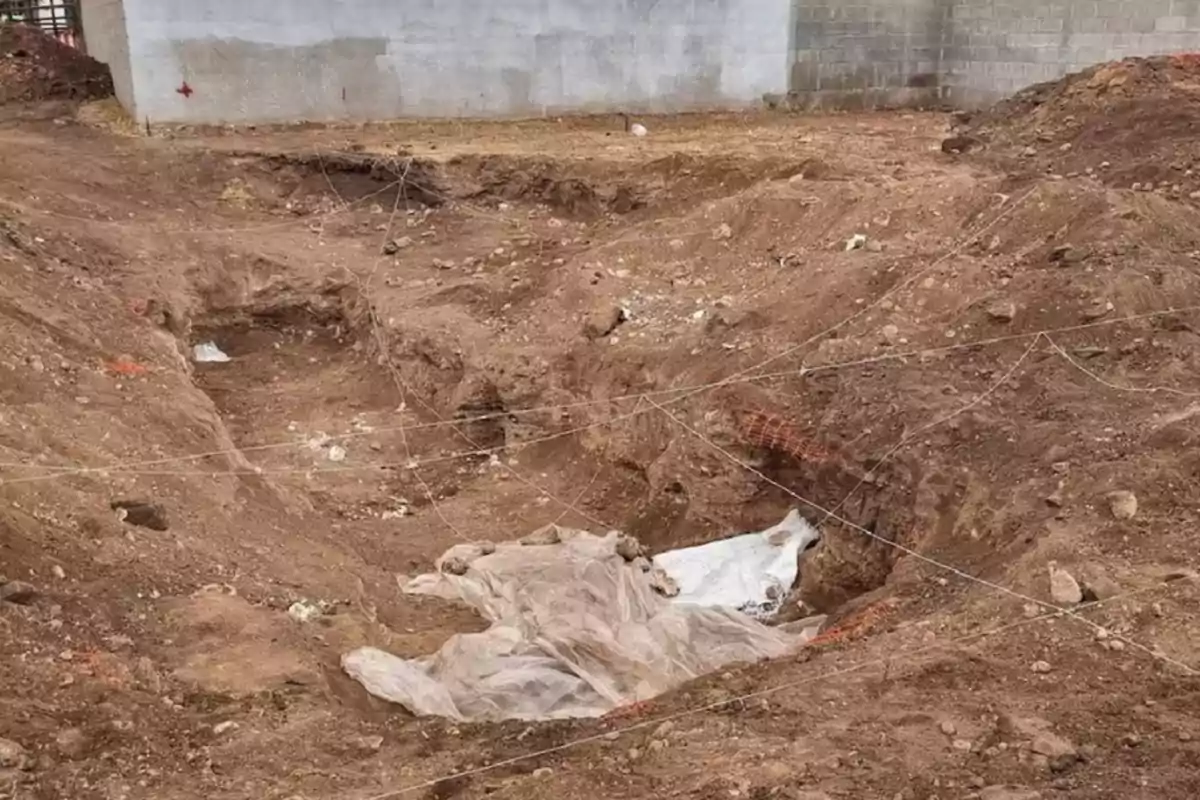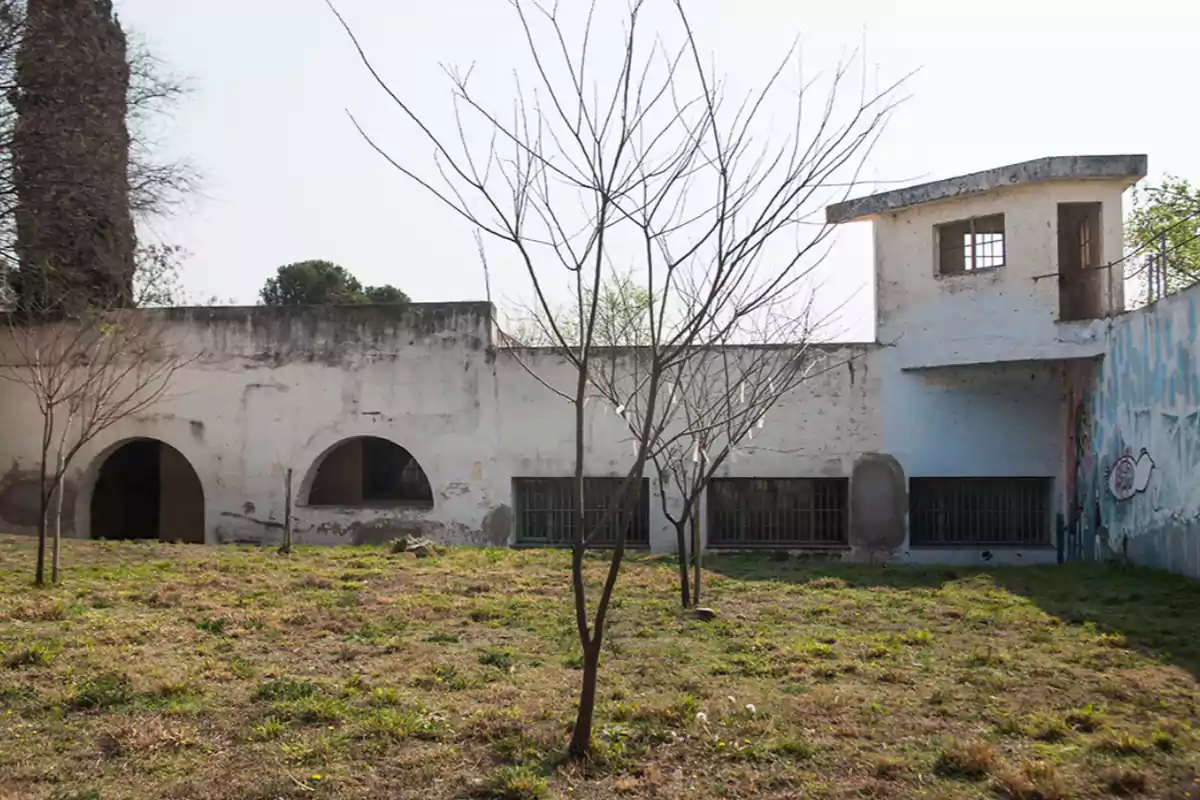
A mass grave with corpses has been discovered in the Campo de la Ribera neighborhood, Córdoba.
The site is meters (feet) away from the former clandestine center that operated during the military dictatorship
An excavation on a vacant lot in the Campo de la Ribera neighborhood, southeast of Córdoba city, has brought to light a shocking discovery. It is a mass grave containing at least twenty human corpses, according to official sources. The discovery took place just a few meters from the former clandestine detention center that operated there during the last military dictatorship.
The discovery was immediately reported to provincial and judicial authorities, who activated the corresponding protocol. Specialized forensic teams arrived at the site and began analysis and evidence collection work. Initial examinations indicate that the remains are more than a century old.
"According to preliminary information, the remains are not believed to be linked to state terrorism, but rather to victims of a cholera epidemic that struck the country toward the end of the nineteenth century, especially in the year 1880," sources with access to the investigation stated.

The remains could correspond to a nineteenth-century epidemic
The discovery occurred during an excavation on a vacant lot in the Campo de la Ribera neighborhood. The site is located just a few meters from the former clandestine center that operated between 1975 and 1978, although they may not be related to the dictatorship. The appearance of the remains surprised residents in the southeastern area of Córdoba.
The work was carried out by a specialized forensic team, which began surveying and analyzing the remains. According to initial examinations, the corpses date back to the late nineteenth century. All indications are that these are victims of a cholera epidemic recorded in 1880.
The area had already yielded similar findings in the past, during urban development works in recent decades. Back then, the remains were also affected by the same disease. The new discovery confirms the long-standing funerary use of this sector.
More posts: